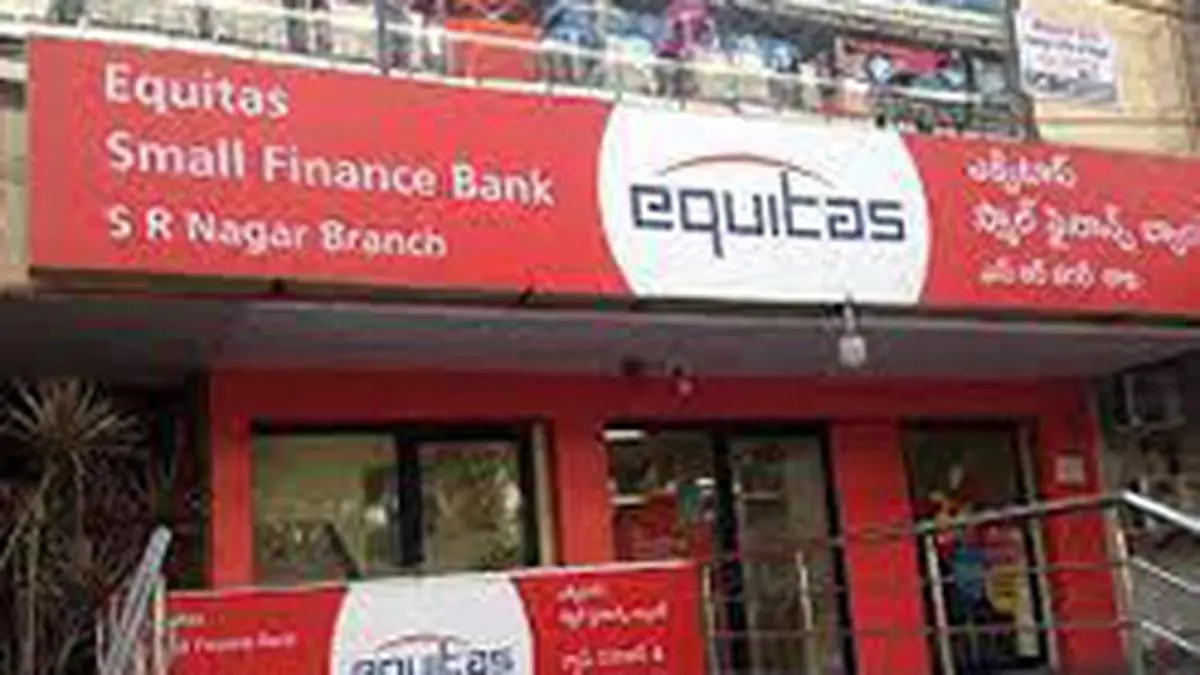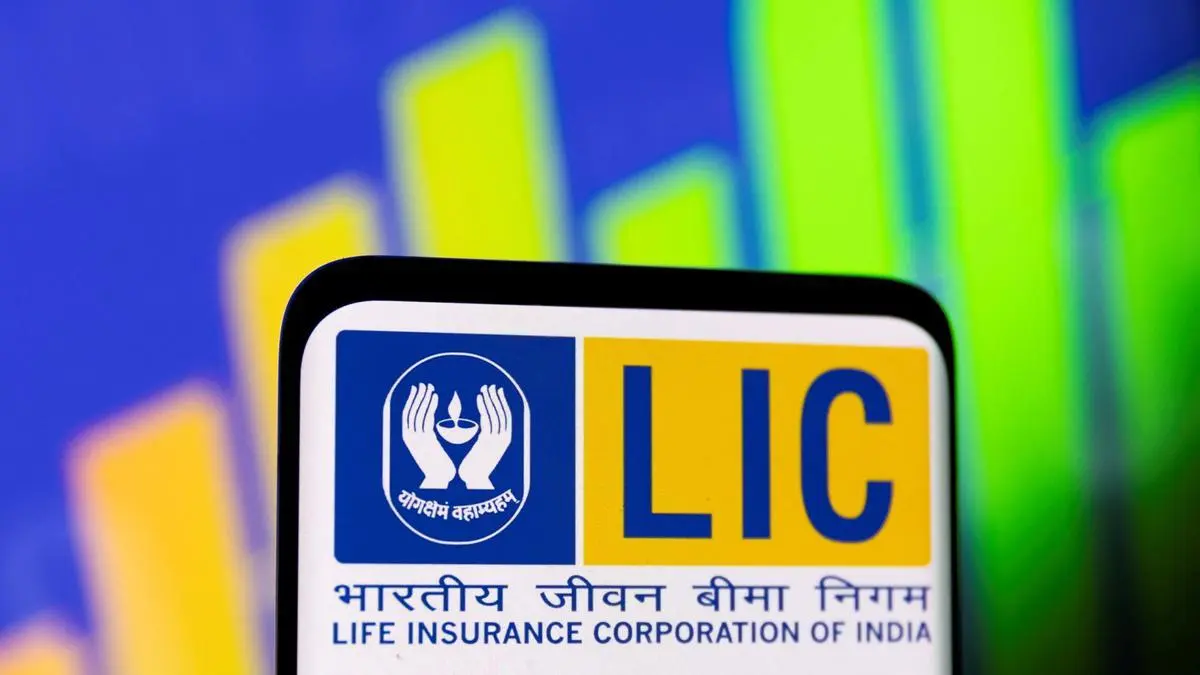National Securities Depository Ltd (NSDL) listed its shares a few days ago on the BSE and since then it is making waves. As against the issue price of ₹800, the stock has risen to ₹1,337 in just three days of listing.
However, those who wished to buy the shares of NSDL on the National Stock Exchange (NSE) would not have found the stock. The stock of NSDL did not list on the NSE, as the latter is a promoter.
Likewise, Central Depository Services Ltd (CDSL) and the BSE trade exclusively on the NSE. The current Securities and Exchange Board of India (SEBI) regulations prohibit market infrastructure institutions such as exchanges, clearing corporations and depositories from self-listing to avoid any conflict of interest that might arise while discharging their duty as a front-line regulator for the securities markets.
MIIs regulation
Regulations on MIIs have been rehauled every now and then in the last two-and-half decades ever since they became corporates and demutualised their functioning. The then Finance Minister Jaswant Singh in his 2002-03 Budget announced Corporatisation (from not-for-profit organisation to for-profit organisation) and Demutualisation (to become public listed company) of stock exchanges, by which ownership and trading rights were separated from each other. To implement the initiatives of the then government, SEBI had constituted a committee under the Chairmanship of former Chief Justice of India, MH Kania. The panel submitted its report in August 2002 recommending steps for corporatisation and demutualisation on August 28, 2002.
Incidentally, BSE turned into a public limited company exactly 20 years ago — on August 8, 2005.
Bimal Jalan committee report
Subsequently, SEBI in 2010 constituted another committee under the chairmanship of former Reserve Bank of India (RBI) Governor Bimal Jalan to review the ownership and working of MIIs. The report, submitted in November 2010, raised the bar for existing institutions and prospective entrants. According to the report, these institutions are systemically important for the country’s financial development and serve as infrastructure necessary for the securities market.
Among the major recommendations were no listing (cross-listing) of stock exchanges, restricting anchor investors to Banks, PFIs and having an optimal number of exchanges in India with a cap on profits.
Rejecting many key proposals of the much-debated Bimal Jalan panel, SEBI in 2012 had allowed listing of stock exchanges with several conditions, including limits on ownership so that 51 per cent of the exchanges are always held by the public. It opened the door for cross-listing.
Listing of MIIs
While Multi Commodity Exchange of India was the first to be listed from the sector on March 9, 2012, the BSE got its shares listed on the NSE on February 3, 2017. Shares of CDSL were listed on June 29, 2017.
However, NSE had then opposed the idea of cross-listing — listing on a rival exchange, and wanted to list its shares only on its own platform. However, with the listing of NSDL on a rival platform, it appears NSE has now had a change of heart and is planning to list its shares on the BSE. It now awaits SEBI approval to file its draft red herring prospectus to launch its much-awaited initial public offering.
The time has now come for dual listing, including on its own exchange, as the market regulator has tightened disclosure/insider trading norms as well as general trading rules, making them uniform across exchanges. If allowed, this would also benefit traders and investors, giving them better pricing.
Published on August 8, 2025




